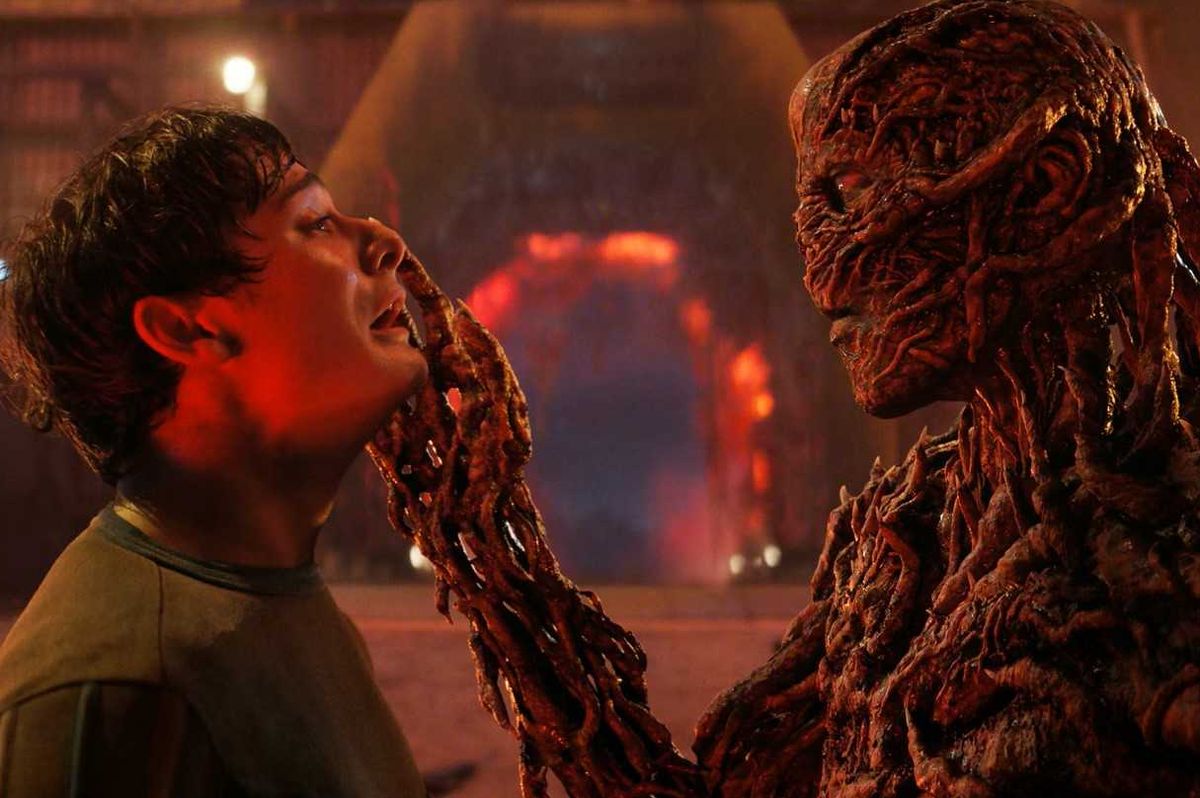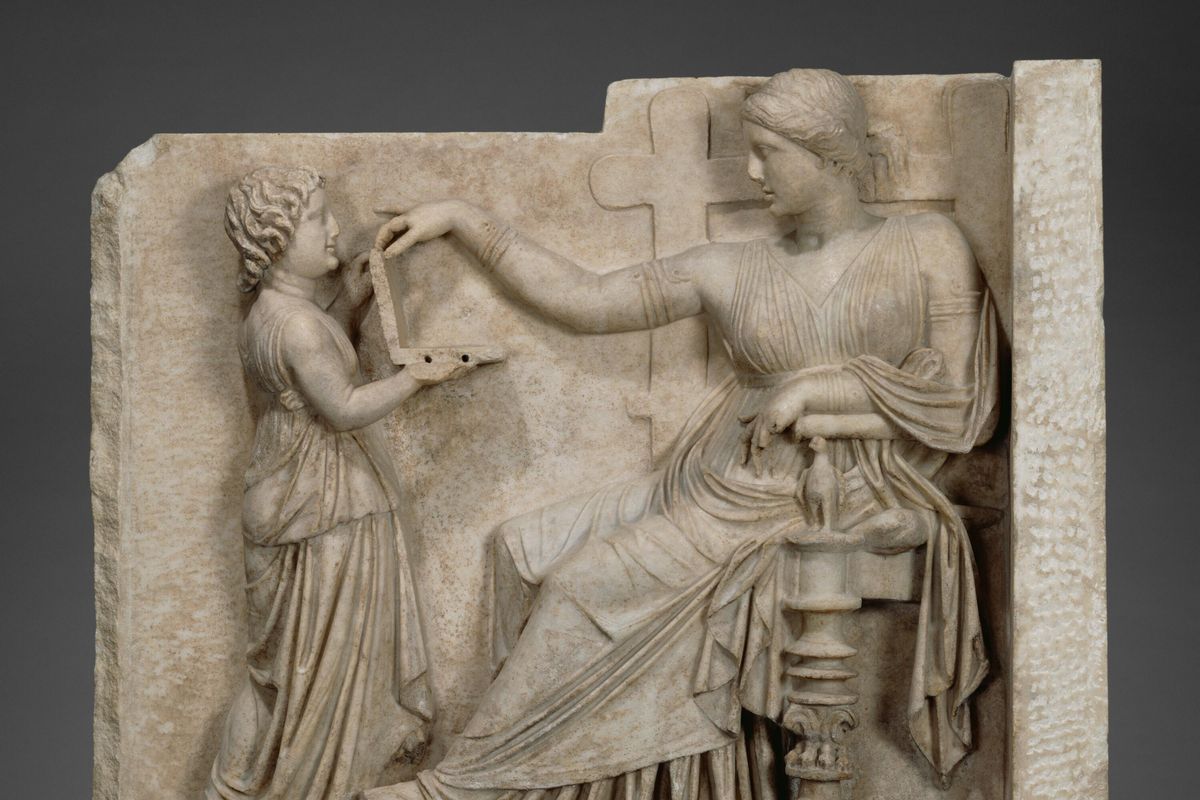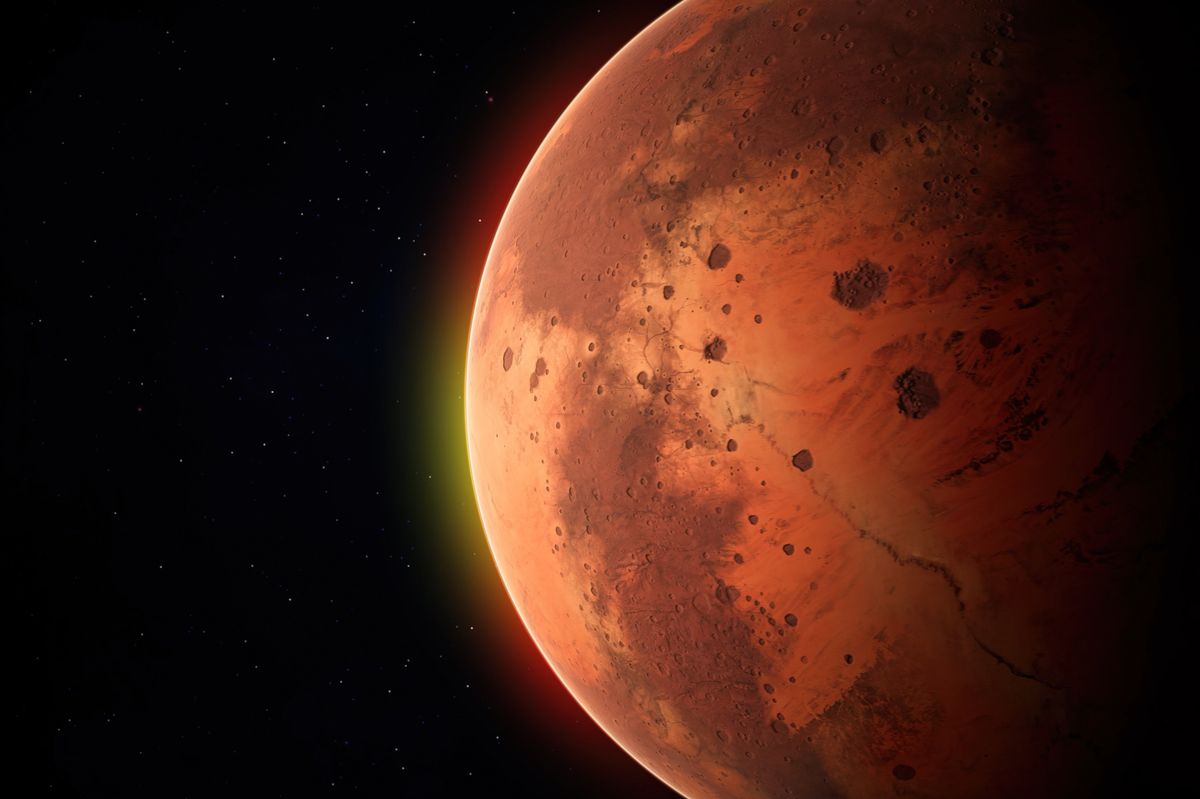Science & Tech
Steve Connor
Jun 06, 2014
The Moon was created from debris of a massive cosmic collision between the Earth and a Mars-sized object named Theia about 4.5billion years ago, scientists have suggested.
Until now there had been no evidence showing substantial isotopic differences between lunar and terrestrial rock. This called into question whether the Moon was indeed created in a collision rather than being bits of the primordial Earth that had been flung out into orbit during its early formation.
But scientists from the George August University in Gottingen, Germany, publishing their findings in the journal Science, analysed lunar rock samples from three Apollo missions half a century ago to uncover distinct isotopic differences with those from the Earth.
They added that the next goal was to determine how much material of Theia is in the Moon.
Top 100
The Conversation (0)













